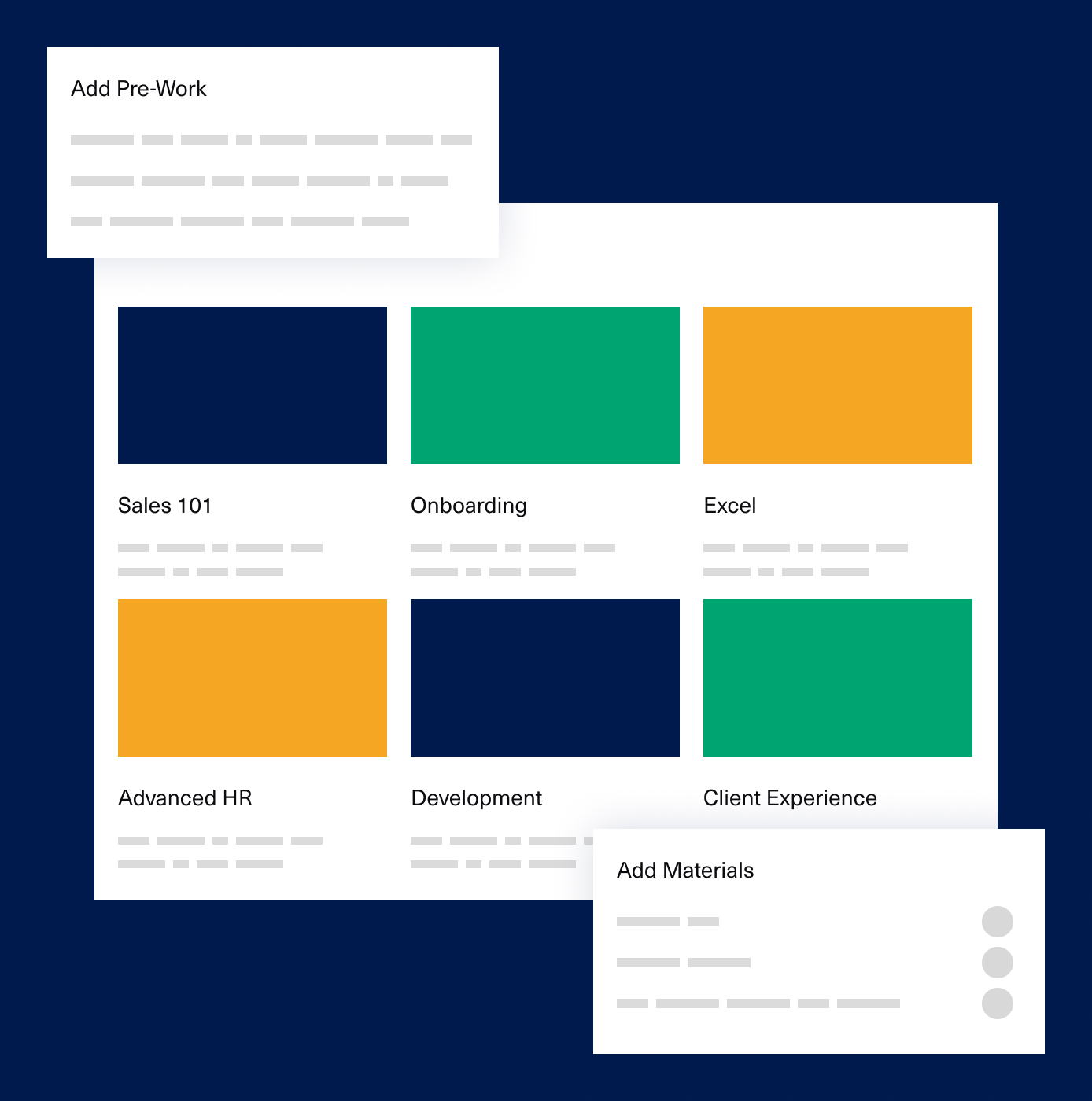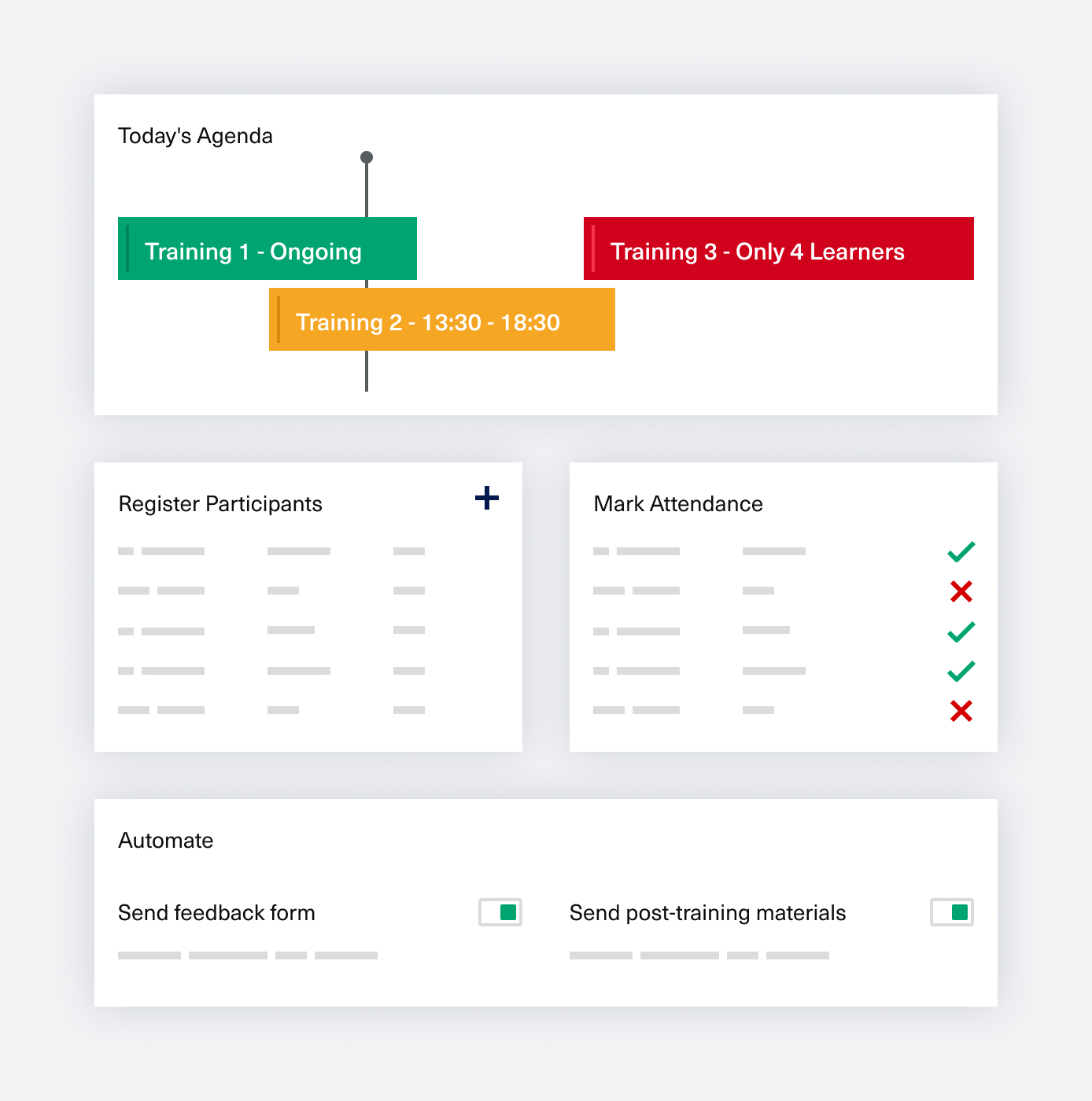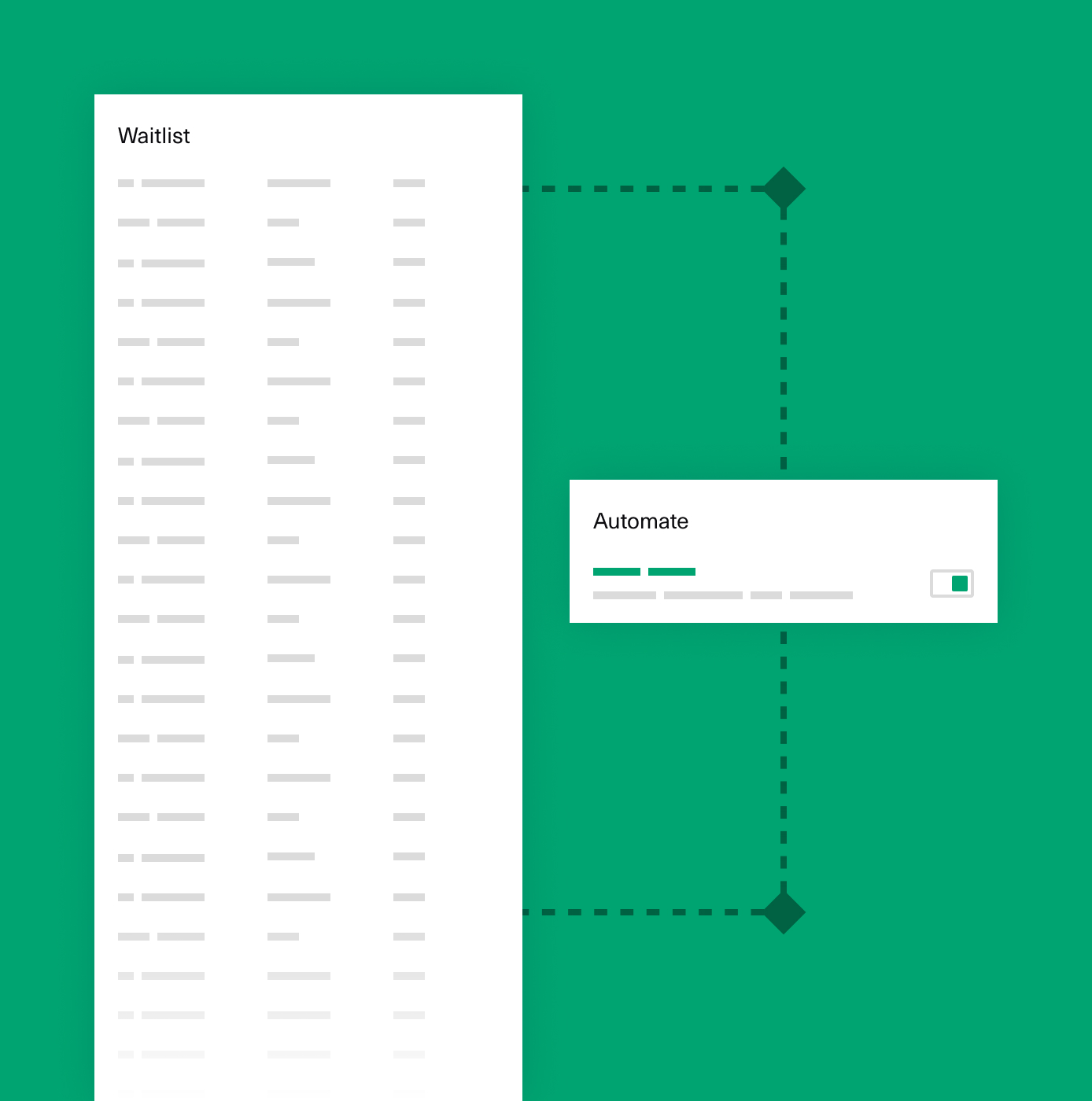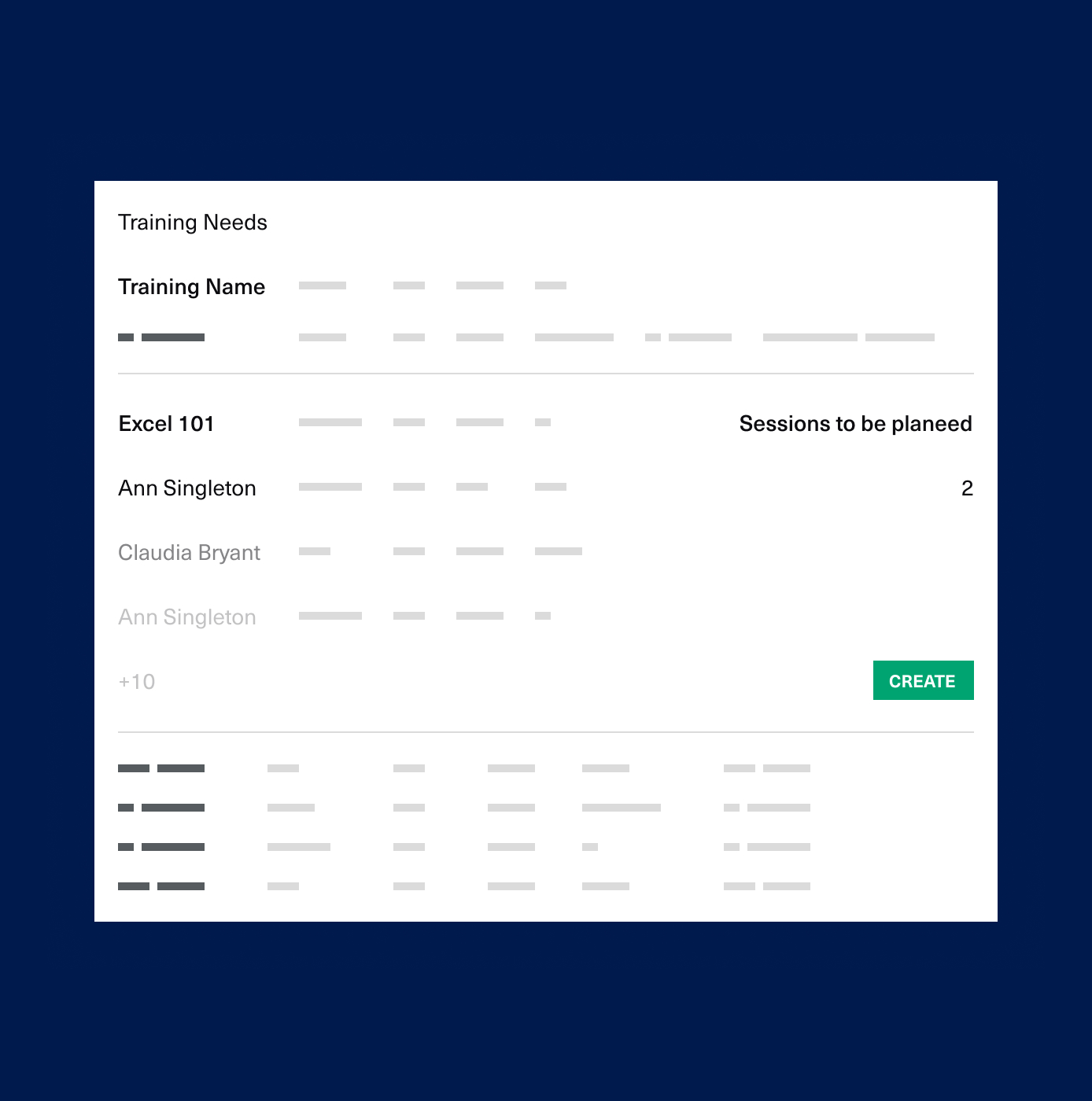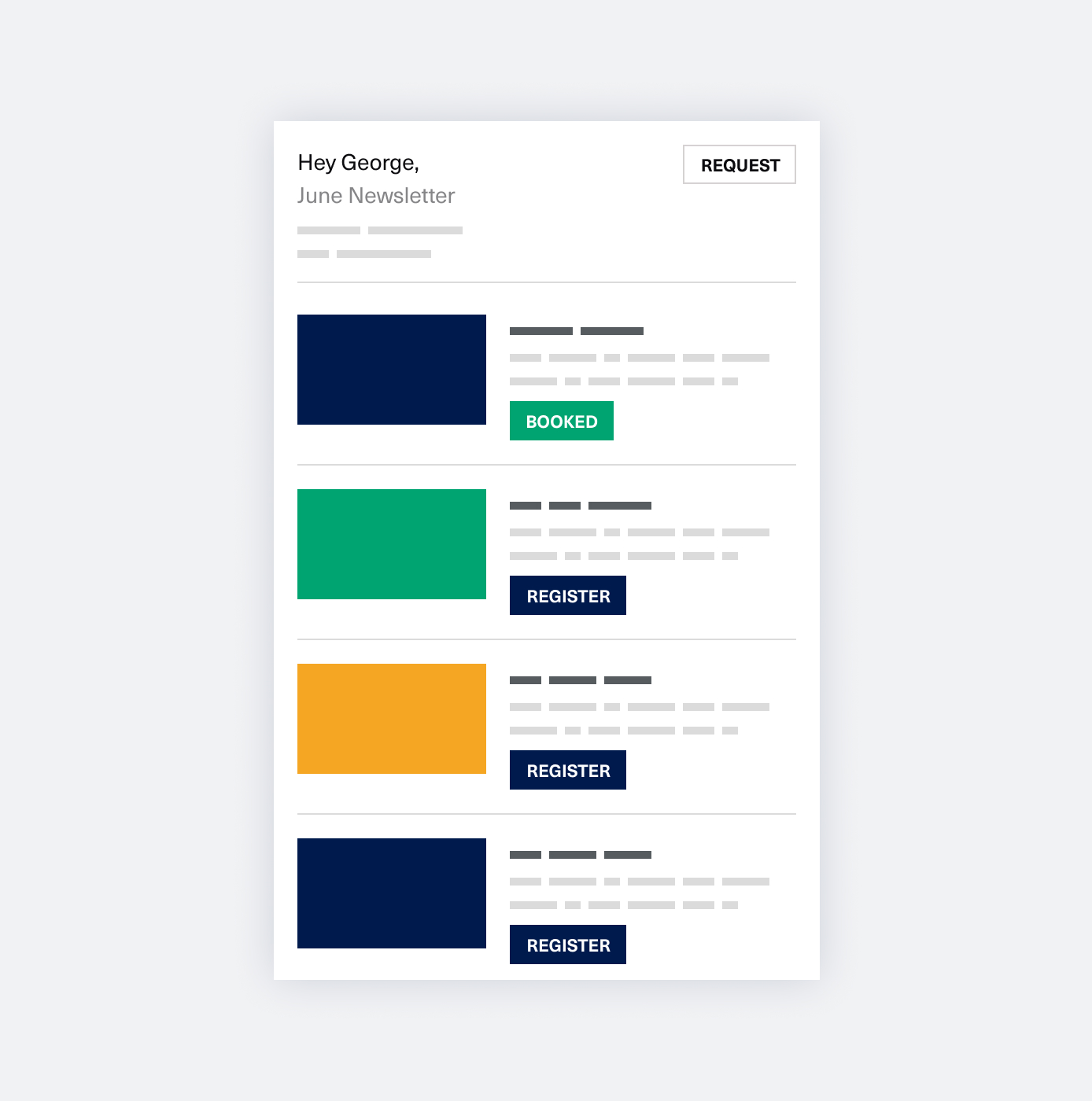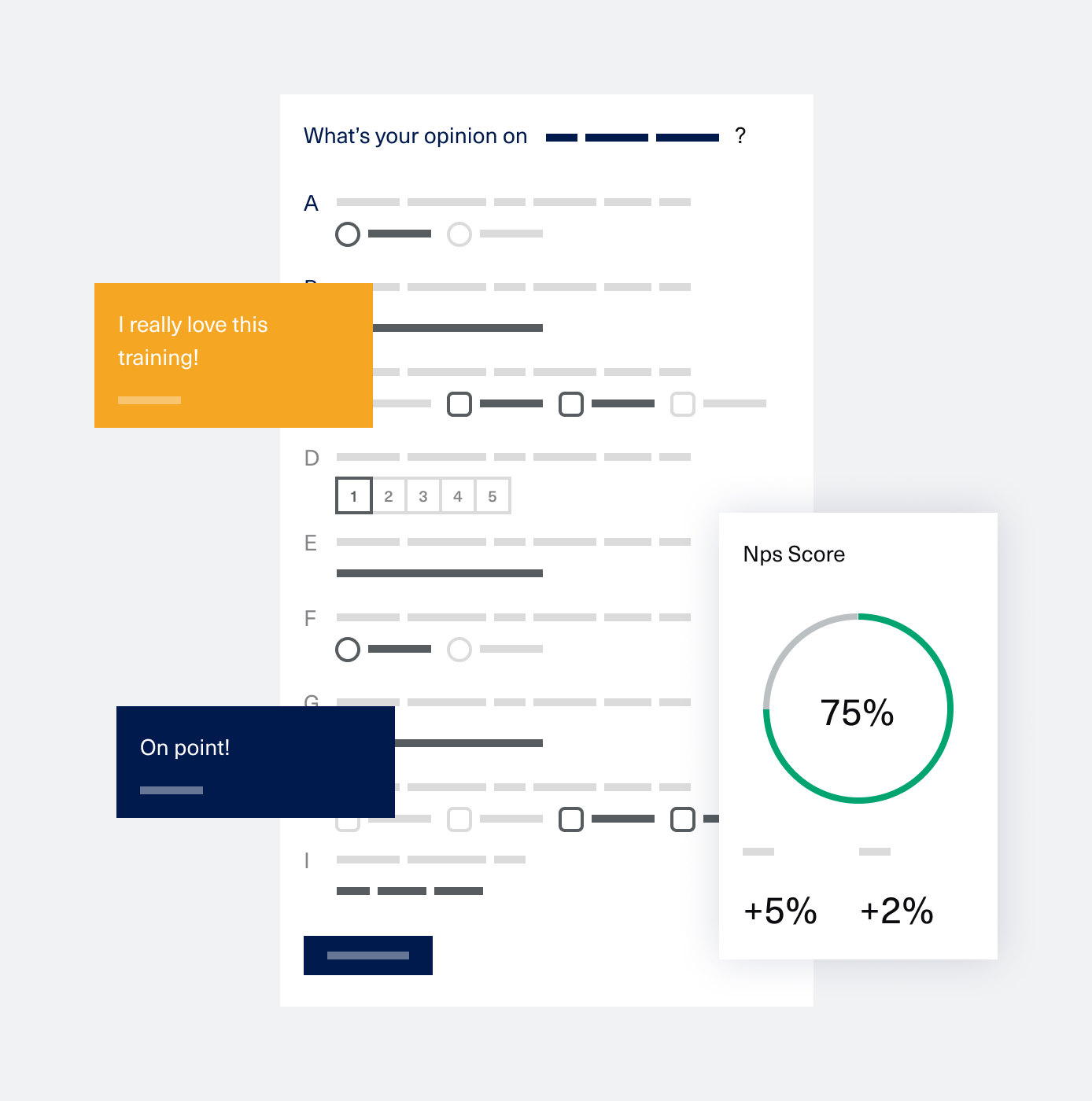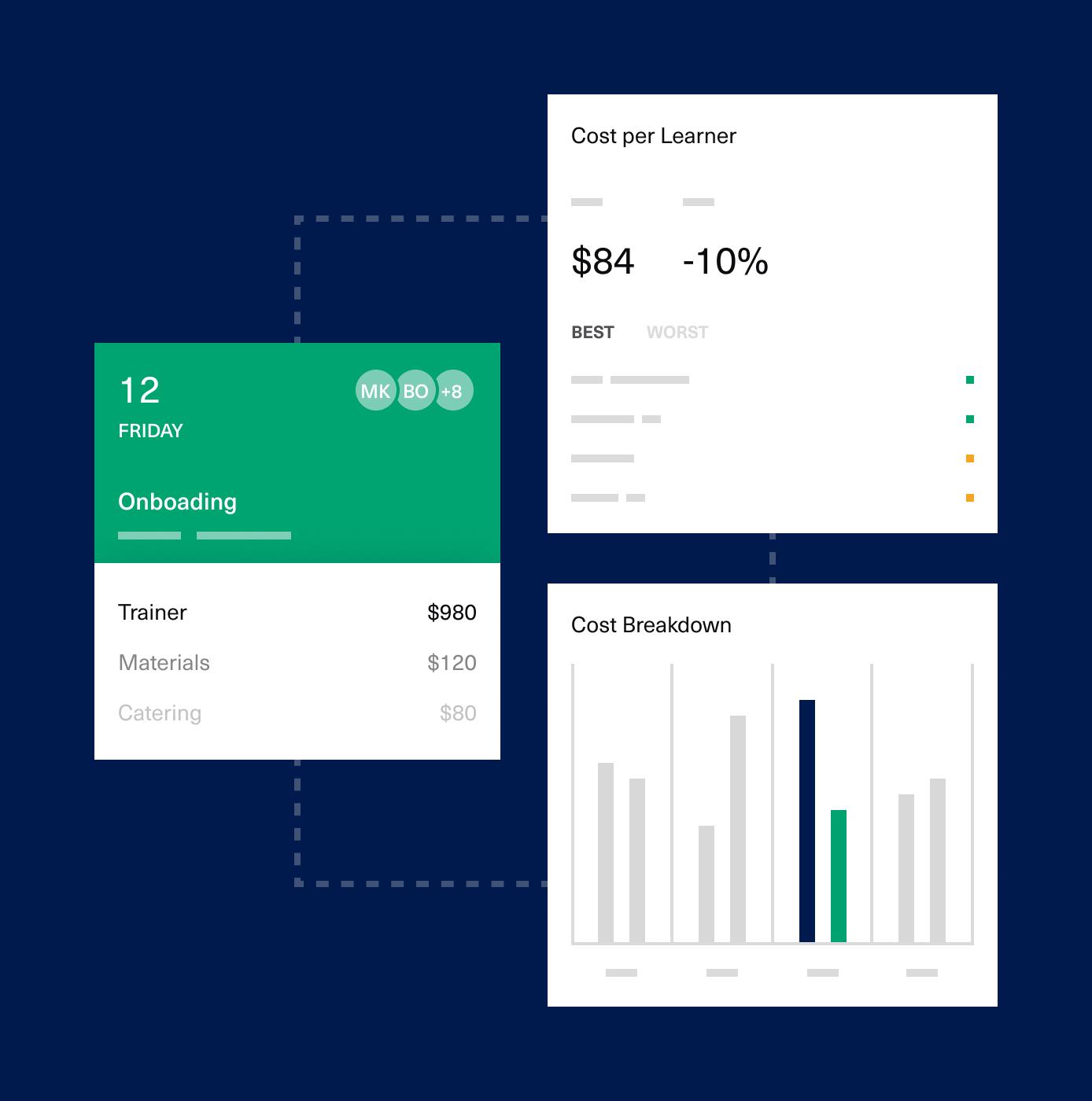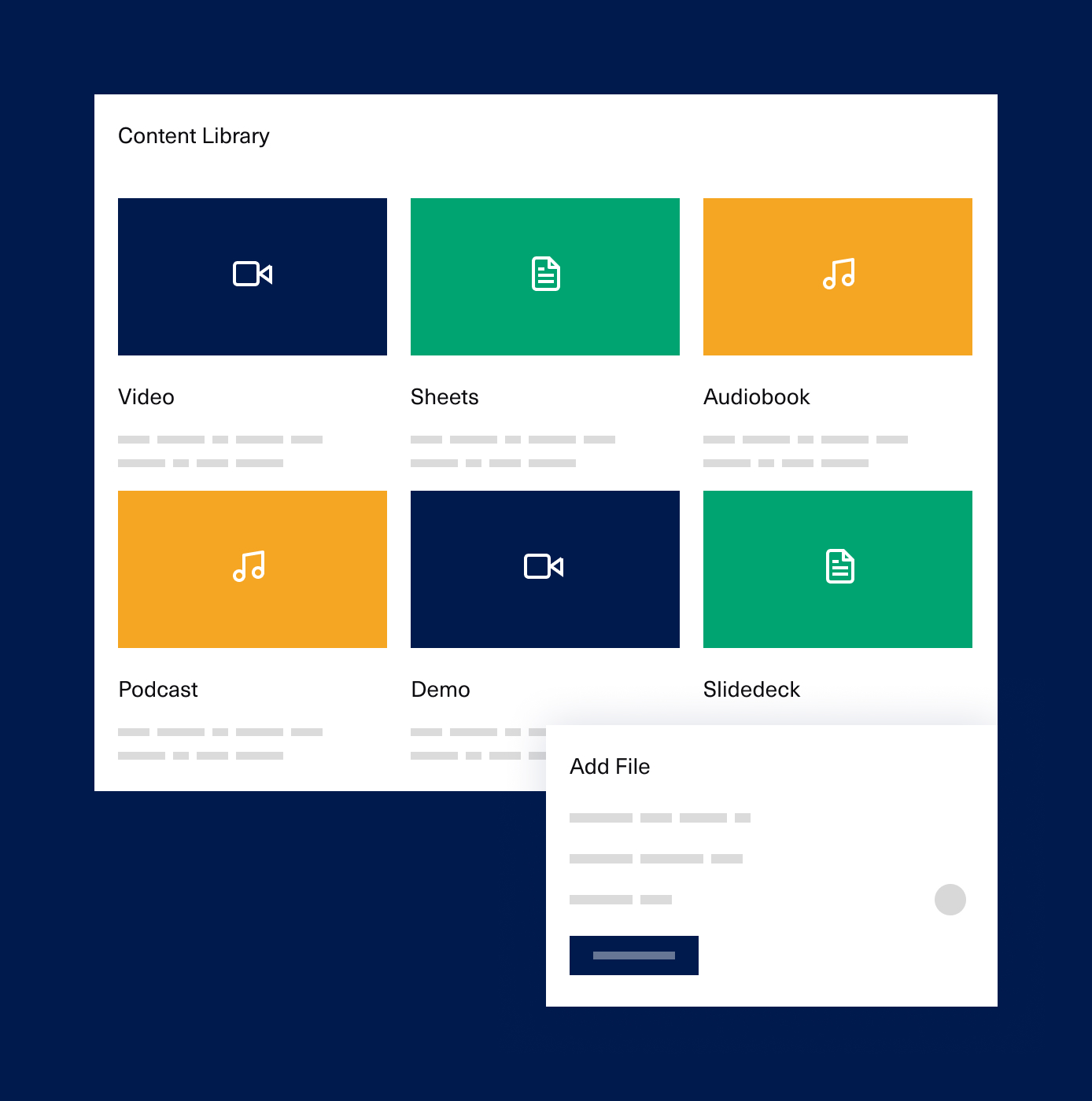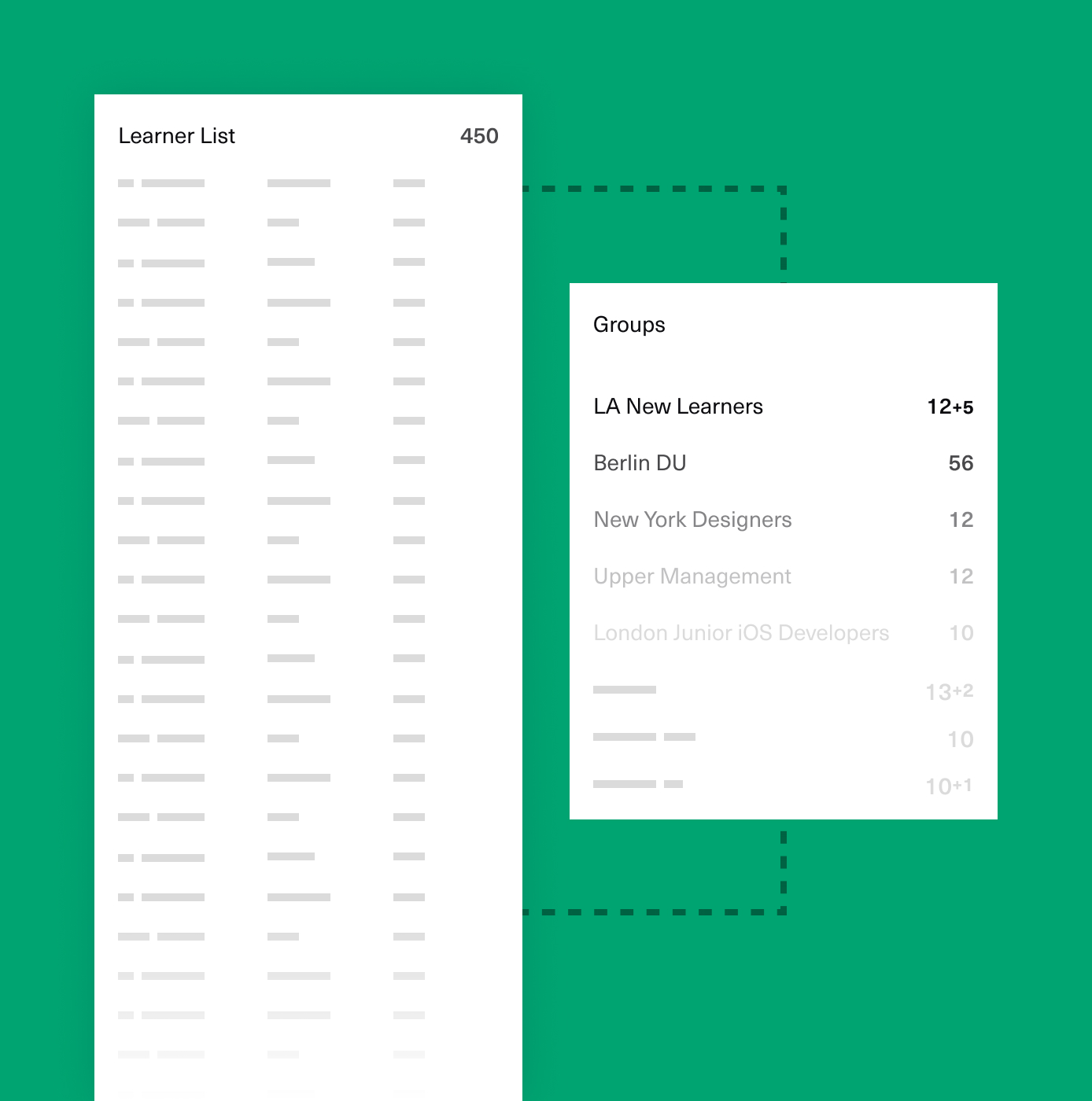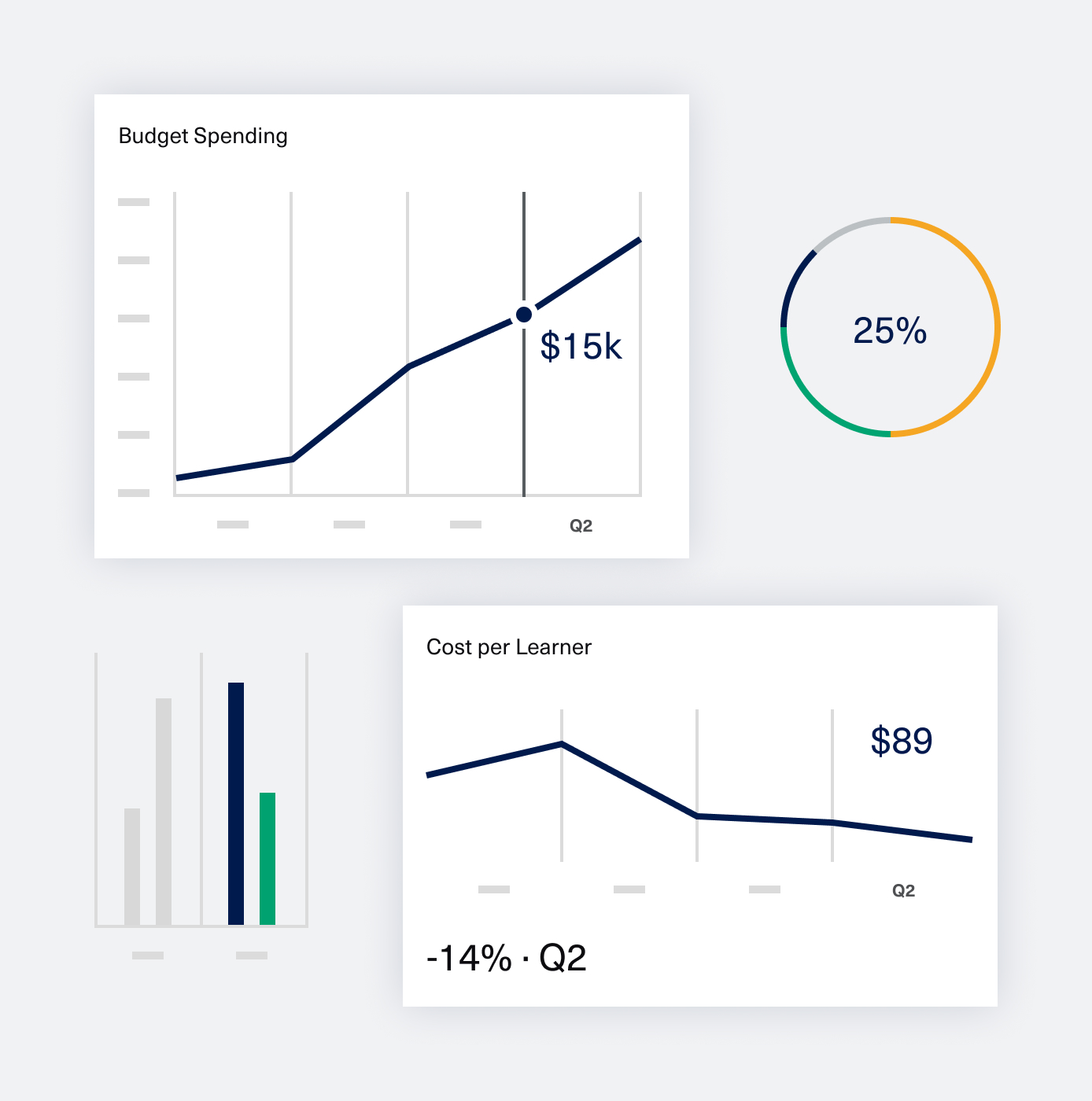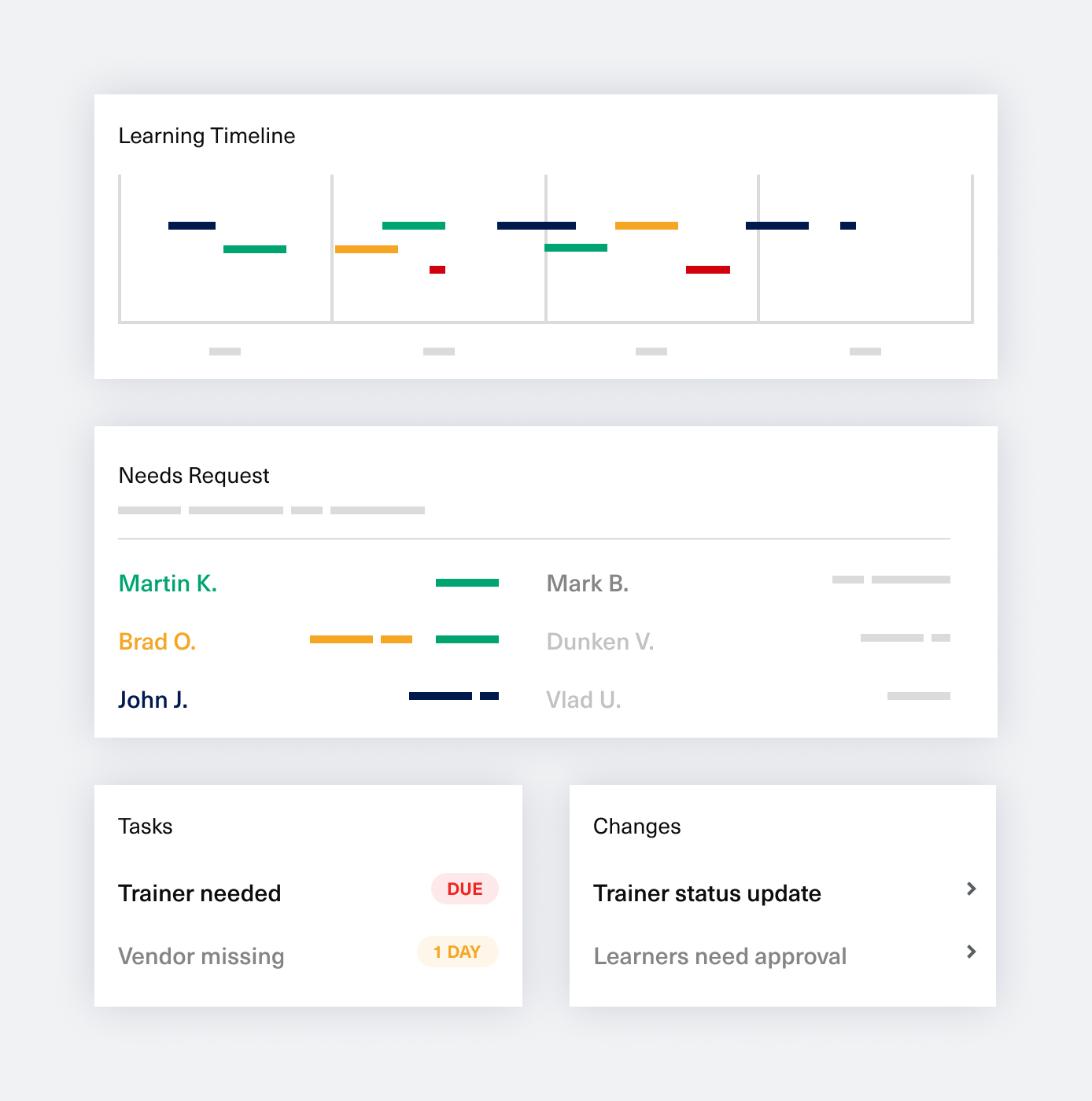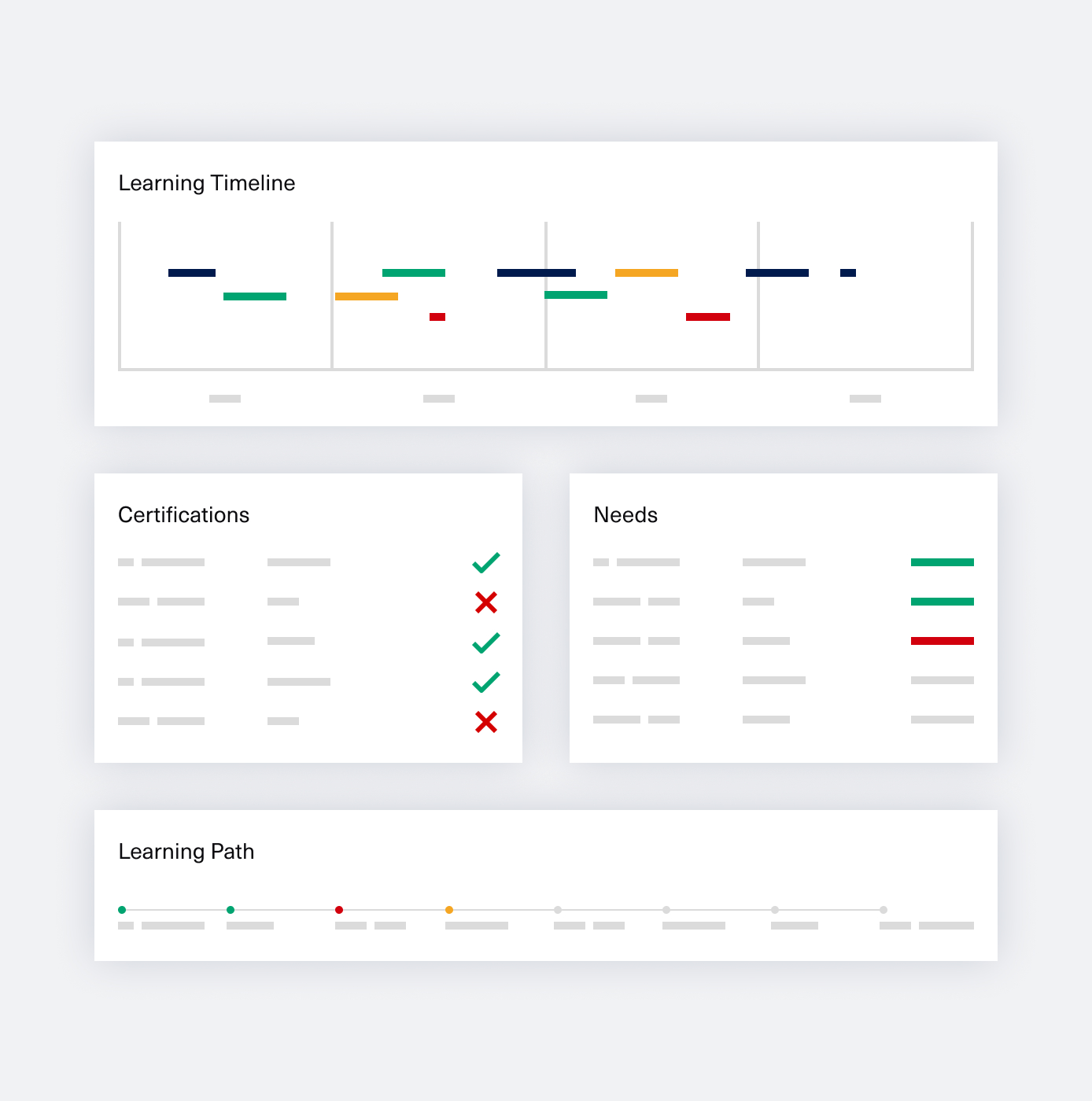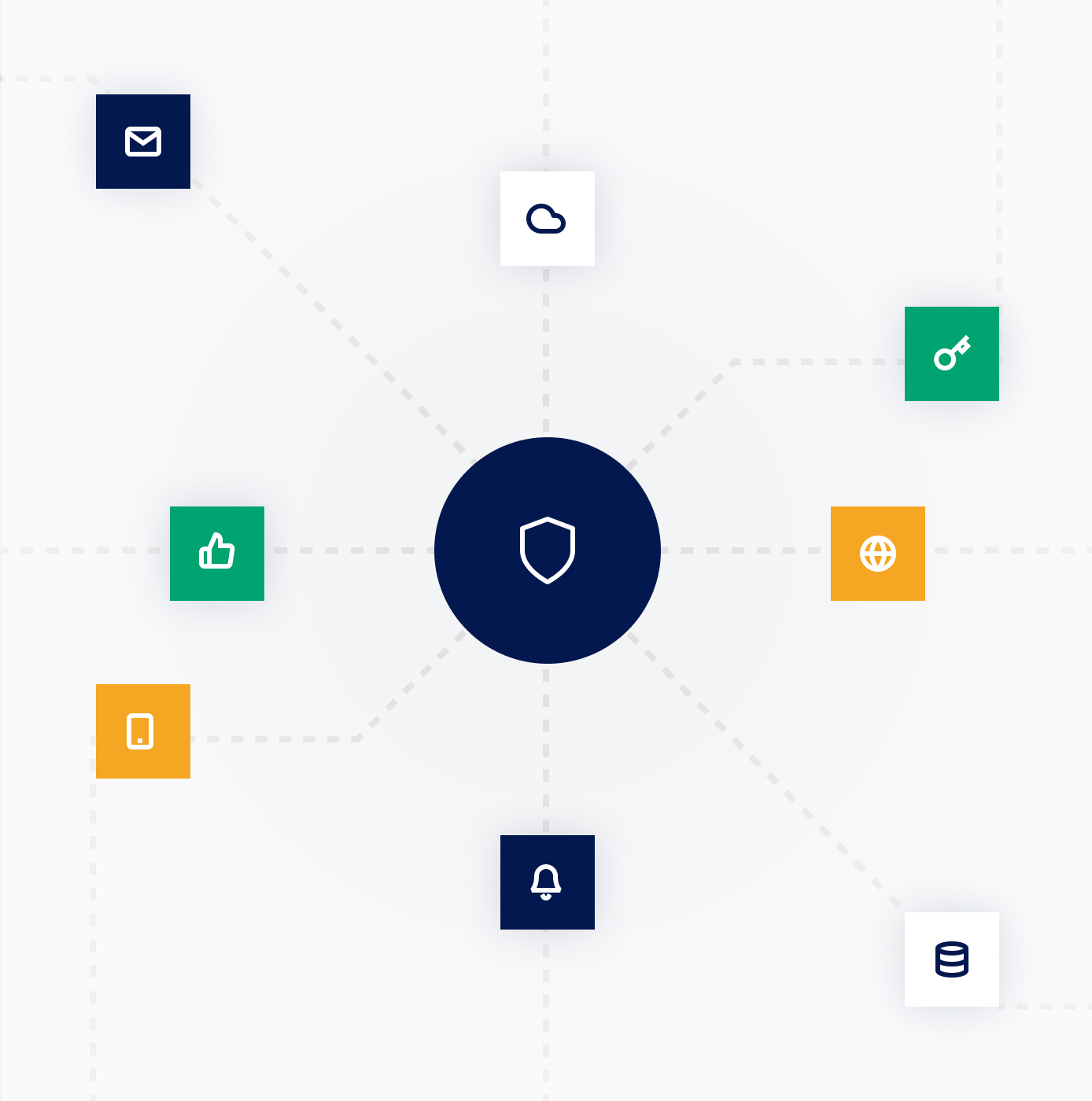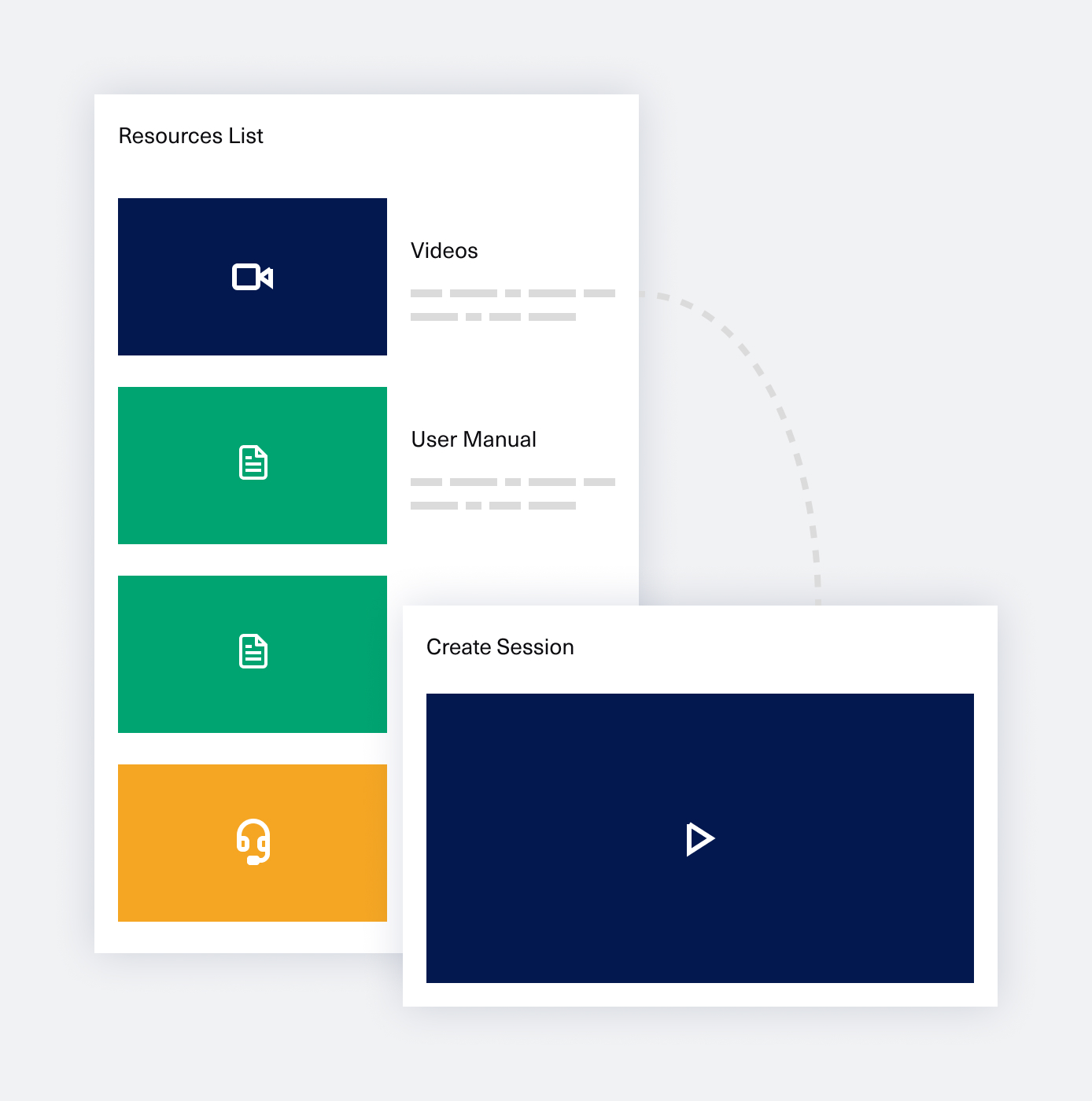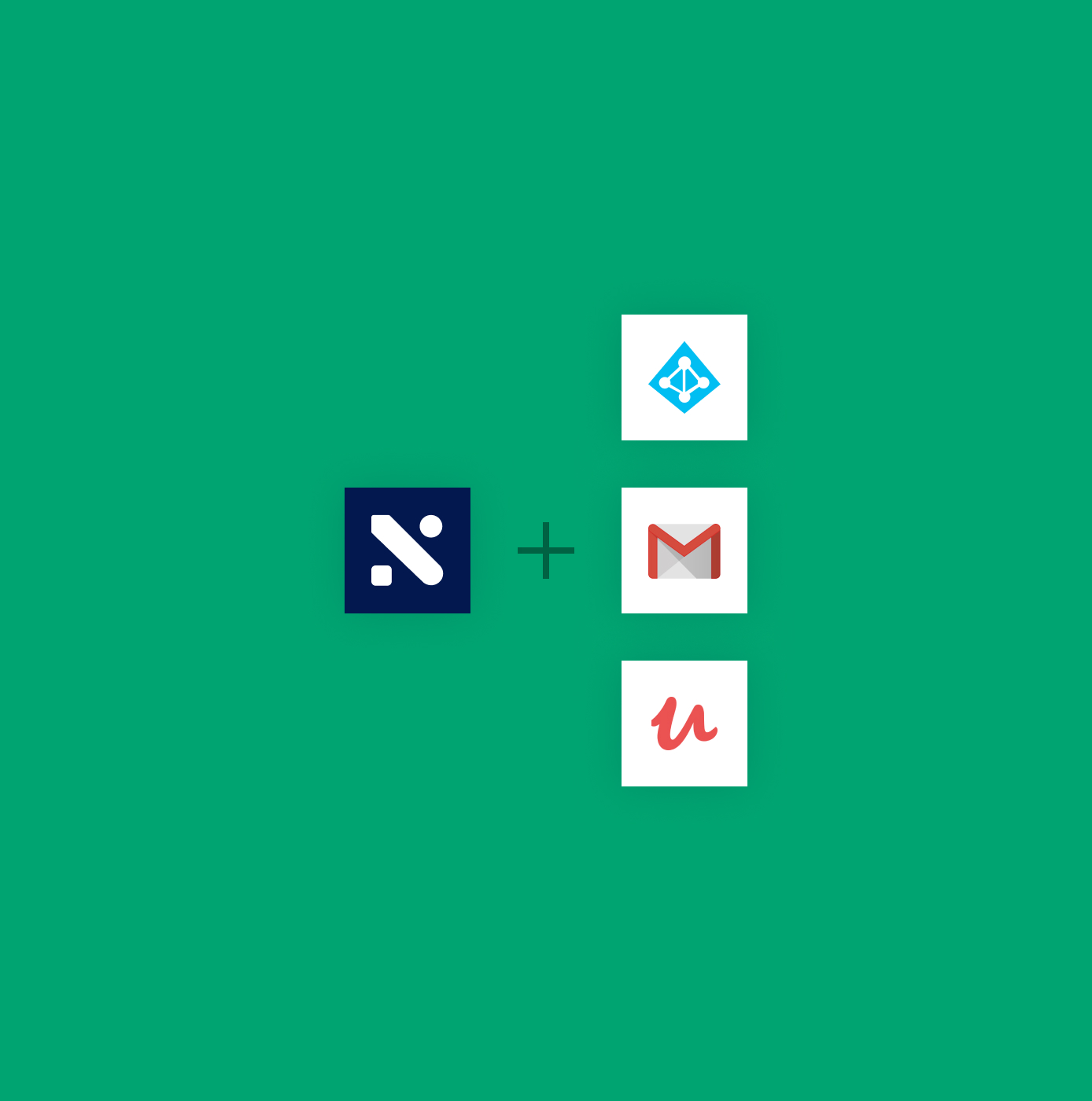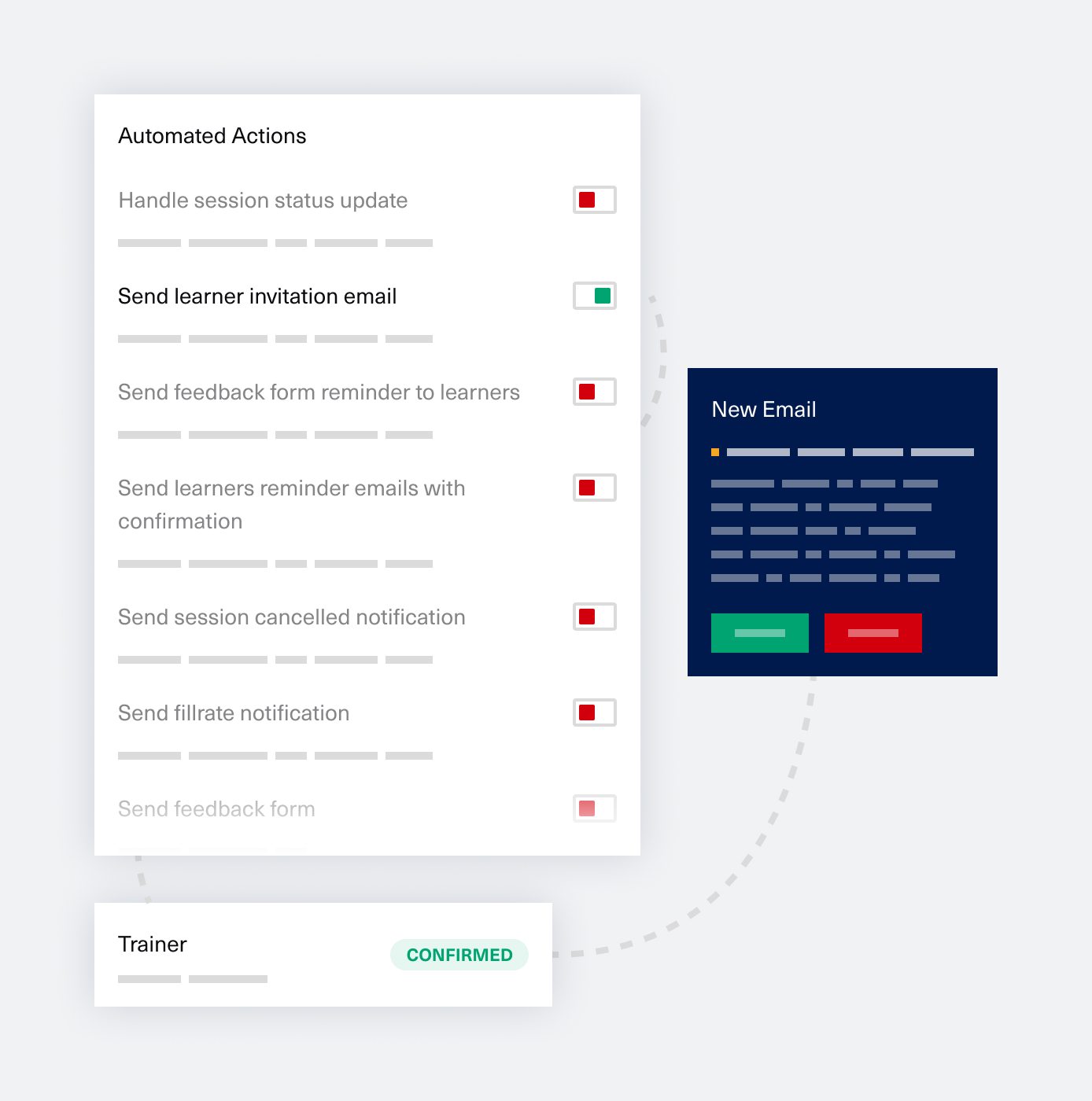While performing hundreds of discovery interviews with L&D professionals, asking about their needs in relation to their learning tech providers, we came across an intriguing find. Whether explicitly mentioned by the interviewee (“I asked for a new report template, but it would have taken forever and cost too much, so we just scrambled manually.”) or deduced from the context (“I don’t know how to perform this action in the platform and I’ve tried clicking on everything.”), there was a common pet peeve among our conversation partners. All of these L&D professionals were saying they had needed support at some point but hadn’t received it correctly. They don’t just want a sound, reliable tech platform that helps them deliver their daily work, but also a true partner who is available, knowledgeable, and within short reach. Because, as we probably all know it, you don’t ask for help when everything is fine; you need it then and there because there’s a fire burning.
There’s a wide range of support models and proximity levels. From entirely self-service solutions where you never interact with a person and only browse documentation and tutorials, all the way to high-touch support on a 24/7 basis, with unlimited requests for reports, changes, notification flows, etc. To set expectations correctly, L&D teams need to establish from the beginning of that commercial relationship what kind of support they will receive from the provider. This initial conversation will prevent a lot of frustration down the road and help prepare the users to know what to expect and what to do when they inevitably need help. Especially for more extended, more complex learning implementations, it makes a world of difference to understand early on what support will look like in the long run and outline a healthy way of working with the future support team or system.
Below are key areas where we have found that L&D users of learning management platforms need support. On our end, we constantly make an effort to listen to what our customers say, understand the context where their question is coming from and work together to find the best long-term solution. We’ve identified these points not just in our interactions with Nifty users but also from screening through countless forums, threads, and posts where L&D professionals have voiced their frustrations.
Onboarding
The onboarding step should be a no-brainer: your first couple of weeks of a new partnership, even months maybe, are crucial for the way users perceive the platform and the provider – this is obviously valid for both learners and L&D, but we’re primarily focusing on the L&D professionals’ experience here. It should come as no surprise that a nasty onboarding experience is an excellent breeding ground for future resentment. You might be inclined to think that these strong words are a bit much; we are, after all, speaking of learning how to use a learning management platform; it can’t be that troubling. Surely things can’t get this emotional, right? Well, actually, that’s not true.
L&D professionals spend well over half of their workday in the various learning tech platforms their employer has purchased. As is often the case, they might not have had a say in the purchasing decision. Except for those fortunate (and rare) cases where the L&D team has full autonomy to choose its preferred tech, L&D professionals are either only briefly consulted or, worse, especially in the case of large enterprises, not even that. They have to deal with the underdeveloped L&D module of that giant HR tool that was the most cost-effective choice for the company overall. The tiniest bit of friction – a button on the wrong side of the screen that doesn’t “flow” naturally with the job-to-be-done or a misleading icon – can become very annoying quickly, just like a pebble in your shoe.
It’s therefore essential to explain to users how the platform works beforehand and to continue to offer support until they become comfortable with it and, ultimately, independent. L&D teams certainly should expect a stellar onboarding experience from their providers. Whether it’s live training, tutorials, detailed FAQs, a solid documentation pack, or live customer support, sufficient, good-quality resources should always be available to the end-user.
Ongoing support
Once the onboarding dust has settled, users and providers should agree upon a standard support process. It should be crystal clear to everyone in the L&D team what kind of commercial agreement has been put in place since this is, in our experience, one of the most frustration-inducing communication gaps that affect both parties. There may or may not be wiggle room to create a new report template; there may or may not be an opportunity to provide feedback on a specific workflow – these things matter more than it’s talked about, and they make a world of difference to L&D users.
A poor ongoing support experience is also one of the reasons that some L&D professionals don’t use learning technologies to the fullest extent of their capabilities: users simply don’t know what the tech can do for them. We’ve even noticed this ourselves with one of our customers: a new user wasn’t thoroughly familiar with our technology and was executing a task manually, even though the infrastructure was in place to automate the process in its entirety. This user spent the better part of two months doing menial work that could have easily been avoided. We now know that the gap was on both sides, in this case. The user didn’t question the process or look for an easier way to work, and we made the false assumption that the feature is straightforward enough that there’s no need to emphasize it in our documentation. The feedback on what was lacking in the communication with our users, how much support was actually needed, and what improvements were necessary in our UX was very useful.
Emergencies
Whether you like it or not, there will be crises. L&D needs to send an urgent assignment to a specific employee population; the system triggered some notifications out of sync because no one reviewed that workflow during onboarding; the report is enormous, and the system is crashing, and I HAVE TO deliver it now… I’m sure these are not unfamiliar situations.
It’s vital to have someone who can do the much-needed business hand-holding through these challenging times and stay there, in that deep focus with the L&D professional, to make sure they reach their goal. These moments are always memorable. They’re also the ones that strengthen the partnership, enable a healthy feedback loop, and, sometimes, they even allow for more minor mistakes to go unnoticed. Both customer and provider should have anticipated these critical situations well in advance. They should have an already agreed-upon process to accommodate the big, negative knowns and even the dreaded unknowns.
Offboarding
I’ve personally been on the receiving end of what I consider one of the worst types of (non) hand-offs: the ghosting technique. Suddenly, no one was there to pick up a phone and help guide us through some exported files to get them ready for the new platform. We were going through the motions in our sync calls but not getting anywhere. The only time deliverables were actually being delivered was when someone from above was putting pressure and threatening with commercial punishment. Once the meetings were over, there were some incredibly awkward silences and very loud sighs of relief. Good people quit their jobs. Negative outcomes were obvious on everybody’s side of the fence.
There are lots of ways for providers to drop the ball during offboarding: failing to recognize the situation by completely misreading the signs, making threats (good luck with that!), being slow on purpose to prolong the revenue, bringing in a “rockstar consultant who will make it all better and turn things around within the month”, and many more.
When a partnership ends, it’s healthy and only business courteous of that vendor to recognize what’s going on and offer their full support. Sometimes it’s for various negative reasons, which is always unfortunate, but other times it’s as simple as the fact that the client is no longer at the stage where they need that provider. Regardless of the situation, guess who’s never getting a recommendation? Or even worse, some lousy publicity can start circulating. While reading this, I’m willing to bet that you can already think of some providers who did you dirty at offboarding. This experience always leaves a bitter taste and makes you wonder what everyone could have done better; worse, it makes people rethink their career choices.
The feedback dilemma
A healthy way to prevent offboarding altogether is an ongoing feedback process. It’s wonderful to know you have someone’s ear and your voice gets heard. We all know L&Ds do need that kind of experience, given this industry’s history and where L&D (still) stands in the company hierarchy.
Unfortunately, the overwhelming majority of learning tech providers will rarely offer users the ability to influence their product roadmap directly. This is especially true for old-school, legacy software that’s near impossible to alter, even in the slightest way, without causing a system-wide implosion. Quite honestly speaking, this is also one of the reasons why the learning tech offer has increased in variety so much in recent years: big objects have big inertia, which makes it easier for smaller competitors to penetrate the market. Still, even small providers will rarely, if ever, make significant changes to their product unless an overwhelming number of users report the same type of issue or make the same improvement suggestion. This makes L&Ds feel invisible and unsupported.
There is a considerable cost associated with making software changes. Vendors often have their own plans for future growth and product expansion. It’s also sometimes easier to let customers find a workaround that doesn’t involve any effort and quietly let this one slide. Aka, it involves just a tiny bit more elbow grease on the user’s side, but none on the provider’s, no harm done, topic closed.
This is why L&D professionals need to do two things consistently, to remove some of the potential frustration related to support gaps. The first is to understand the support and change request process very well from the early start of the commercial relationship. The second is to always provide feedback. This second action is crucial. Historically, L&D has been a function with less voice, a somewhat slower digital transformation curve, and fewer advocates for change than, let’s say, Marketing, Sales, or even some other People areas. Thankfully, we’ve seen a significant improvement in this space in more recent years. Still, there is a lot more work to be done, and L&Ds should put more pressure on vendors to take action.
Always evaluate support when choosing vendors
I spoke last year with one of the most followed L&D champions in the industry, who focuses a lot on emerging learning technologies and speaks to L&D tech providers daily. I pitched our long-term vision related to the ROI of learning, breathlessly talking about data analytics and skill measurement, and performance management. This was all well and good; he patiently listened to me, agreed in principle, and then told me that if we want to have an impact right now, it would best serve us to focus on the everyday problems of L&D professionals. These needs are far more practical, small scale, I-need-this-yesterday-type, and it would make a world of difference if we started addressing these first. They are the loose strings left behind by an erratic digital transformation process, unevenly applied across the industry. It was and still is the most eye-opening conversation I’ve ever had with an L&D leader to date. This talk made me realize the importance of building a solid relationship with our customers and giving them ways to tell us what they need and think, good or bad, continually.
This discovery is the main reason we feel so strongly about the importance of offering customers a great support experience. Not only is it profoundly satisfying to fix problems, add clarity, and receive thank you notes, but we are very close to our users, and we genuinely understand their daily struggles. This interaction is helping us build a better learning management platform and create a product that makes sense in the real world, not in the buzzword-filled media that loves to tell you that AI is the solution to all your L&D problems. I decided to write this article to bring awareness to the need for good customer support in learning tech and encourage L&D professionals to have high expectations and always speak their minds.
We, as industry vendors, shouldn’t forget that our users all have specific work-related needs that vary wildly and are almost always urgent. Being in L&D is a very urgency- and burnout-prone profession. Sure, a user might not have a bird’s-eye view of how their need could be satisfied scalably, but that’s a vendor’s problem, not theirs. Sure, some ways of doing things are obsolete, and, from a vendor’s perspective, it doesn’t make sense for users to keep working like that, but it’s hard to simply uproot someone’s way of doing things just because we’re hungry to implement our tech at any cost. It’s our responsibility to help our users navigate the new tech and fall in love with it.
Transition is challenging in every aspect of life, and it’s significantly more complex in a space with multiple stakeholders, who rely, even now, quite a lot on paper or spreadsheet processes to function together and produce results. Support means bringing about change in a way that feels less forced, closer to the user, more attuned to their needs, gently bringing the ship about into this new generation of amazing but overwhelmingly complex learning tech waters.

